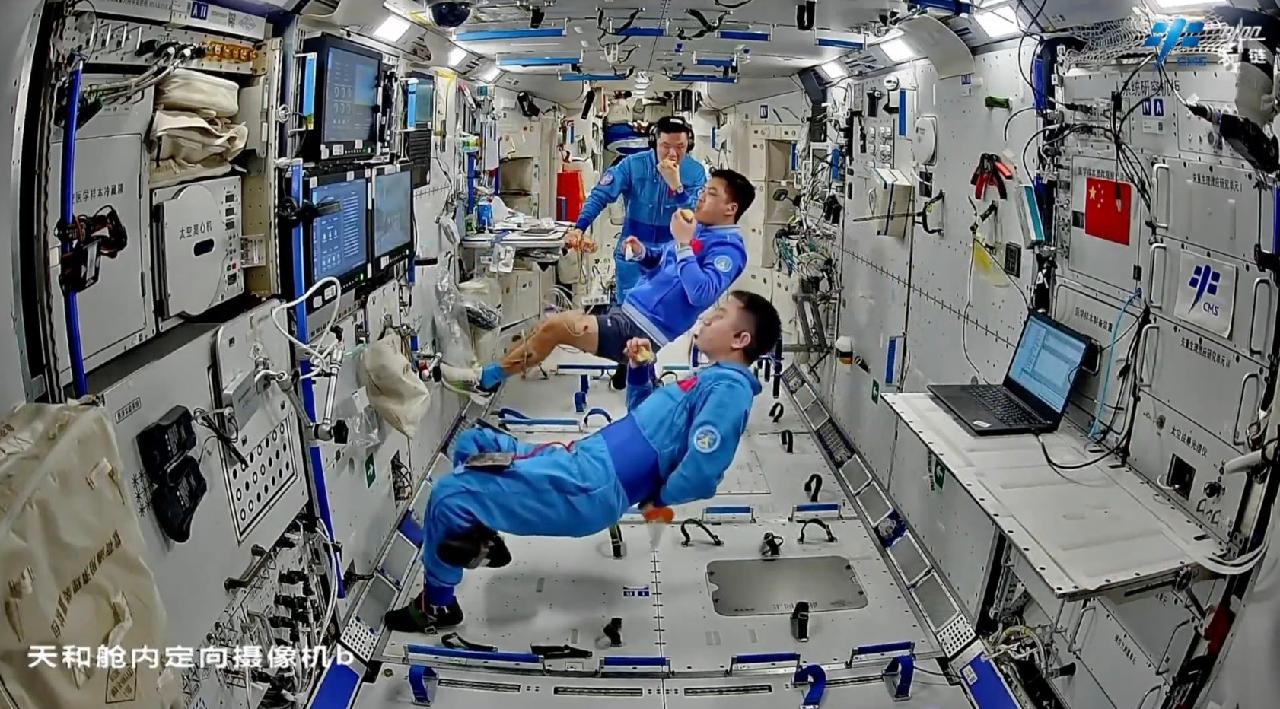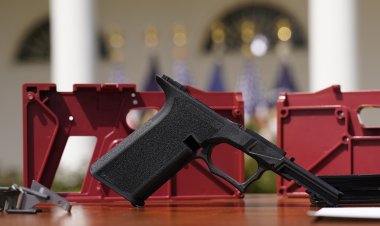China Space Station: The Health Regimen of Shenzhou-18 Taikonauts
The Shenzhou-18 crew on the China Space Station have reached the midpoint of their six-month mission. To maintain their physical health in the zero-gravity environment, the three taikonauts recently conducted a series of weightlessness protection experiments, as reported by the China Manned Space Agency.

Adapting to the effects of weightlessness poses a major challenge for taikonauts, with extended exposure to space potentially leading to "space adaptation syndrome," where bone loss is a primary concern.
To address this issue, Chinese researchers have developed a device to counteract bone loss, based on the principle of bone fluid flow vibration. This device promotes interactions between osteoblasts and osteoclasts by stimulating bone fluid flow through vibration in a weightless environment, effectively preventing bone loss.
Released footage from the CMSA shows the taikonauts using the device by applying it to the inner midsection of their tibias. This high-frequency, low-amplitude, and short-duration force loading stimulation boosts bone cell activity, enhances nutrient flow within the bones, and increases osteoblast activity, with the goal of increasing bone mass.
Additionally, the crew have performed muscle adaptability experiments. They use ultrasound testing to measure Achilles tendon stiffness along with devices that measure muscle structure and function, and foot pressure collection equipment for testing lower limb kinematics and plantar pressure, to monitor changes in muscle structure and functionality.
Researchers can analyze the impact of long-term weightlessness and in-orbit exercise on lower limb biomechanics through comparative analysis of human biomechanical characteristics before and after the mission. By conducting non-invasive muscle function tests before, during, and after the mission and combining this with in-orbit exercise data, they can study dynamic changes in exercise adaptability under long-term spaceflight conditions.
The taikonauts also utilize a nerve-muscle stimulation device to prevent muscle atrophy and for muscle relaxation as needed. These experiments and devices play a vital role in maintaining the skeletal and muscular health of the taikonauts while they are in orbit.
China launched the Shenzhou-18 manned spaceship on April 25, sending Ye Guangfu, Li Cong, and Li Guangsu to its space station for a six-month mission. This is the third manned mission in the CSS's application and development stage and marks the 32nd flight mission of China's overall manned space program.
Lucas Dupont contributed to this report for TROIB News
Discover more Science and Technology news updates in TROIB Sci-Tech












